Artist Carsten Höller's new restaurant makes Brutalism edible
Brutalisten is a new Stockholm restaurant with a menu inspired by the bold simplicity of Brutalism
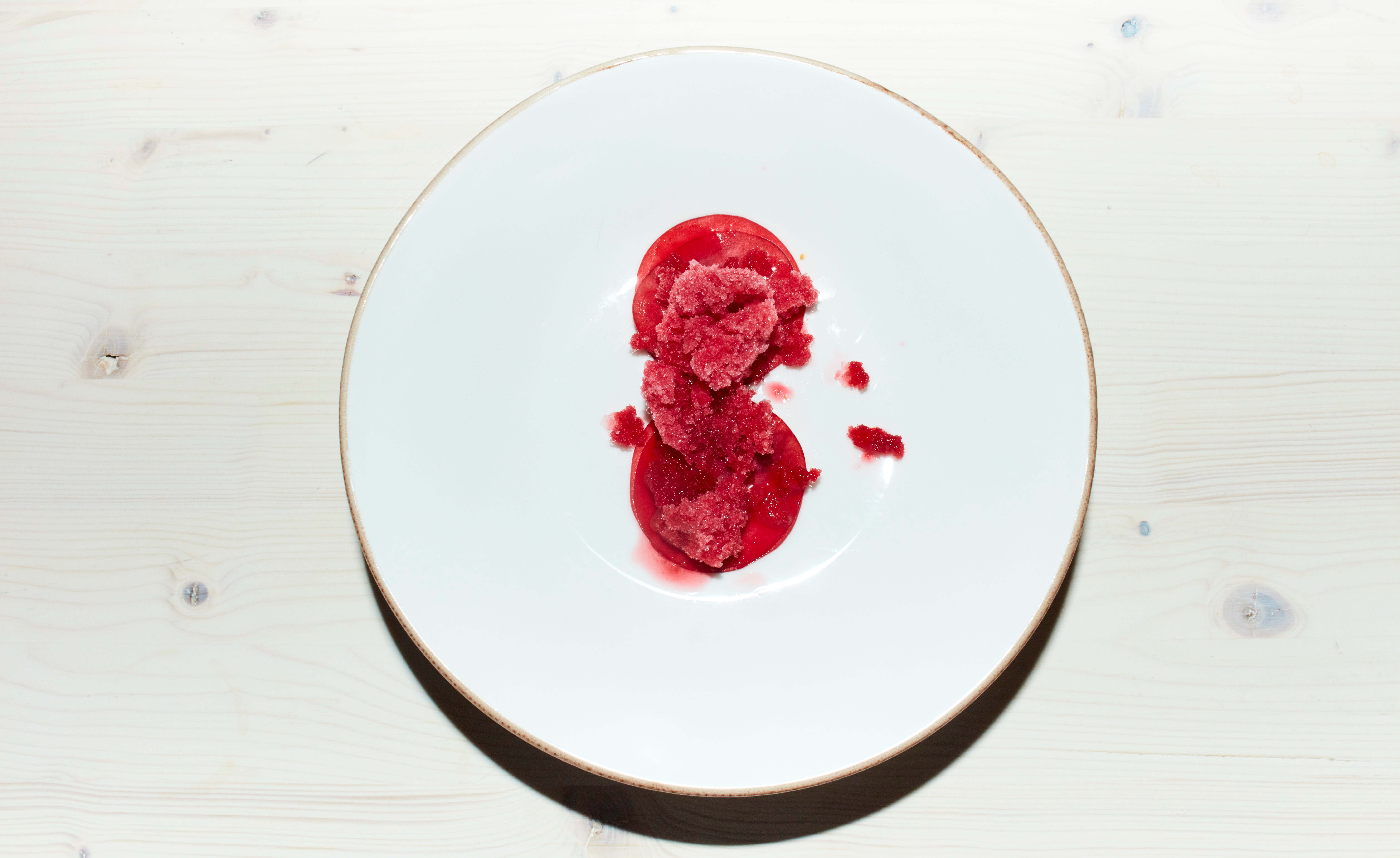
Forget living in brutalist architecture. Try ingesting it.
Belgian-German artist Carsten Höller’s new Stockholm restaurant Brutalisten translates the defining aspects of Brutalism into cuisine with a rotating range of dishes made from a minimal amount of ingredients.
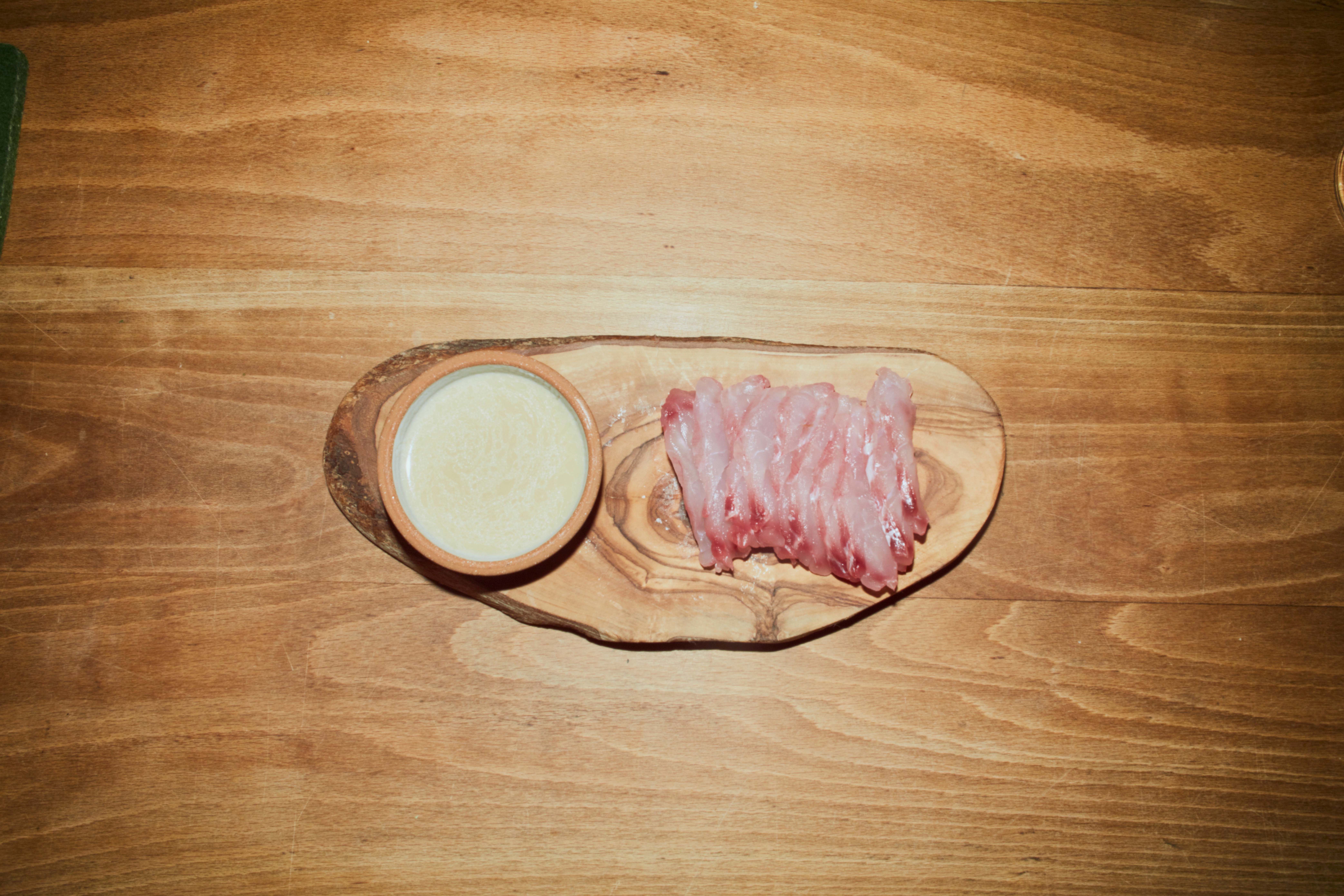
Brutalisten's 'Ocean Whitefish'
The concept is the physical manifestation of Höller’s Brutalist Kitchen Manifesto - a ten point list of instructions that has more in common with Tristan Tzara’s Dada manifesto than Julia Child’s rules for cooking, with declarations like ‘decorations on the plate should be avoided’ and ‘we are all born Brutalist eaters, as mother’s milk is essentially Brutalist.’
Describing the Brutalist Kitchen philosophy Höller says: ‘I don't despise elaborately cooked complex dishes made from a multitude of ingredients, but it seems to be what everybody is doing at the moment, piling up tons of stuff on a plate and layering ingredients horizontally. We go in the opposite direction. The aim is to dig vertically into the taste of a given ingredient and clearing it of the background noise.’
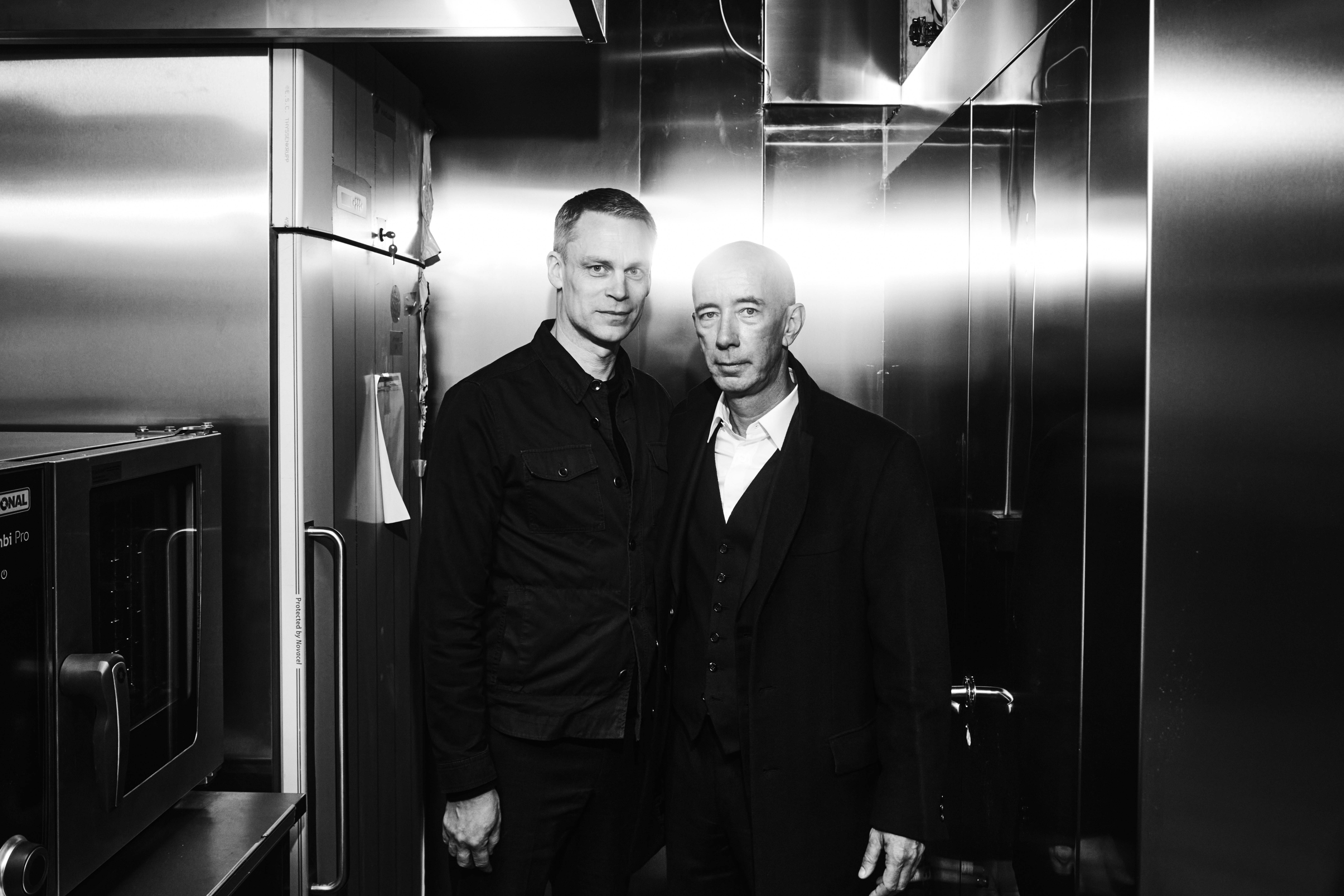
Carsten Höller (right) and chef Stefan Eriksson (left) in Brutalisten
Brutalisten is not the first restaurant concept for Höller who previously created the pop-up club and restaurant venue The Double Club in conjunction with Fondazione Prada. ‘Both projects are social experiments to some extent, and in both projects, division plays a central part, but in different ways,’ says Höller. ‘In The Double Club, each area was divided into equally sized Western and Congolese parts and maintained as separate, both architecturally and acoustically. At Brutalisten, ingredients are cooked alone after having been divided into different parts, which are cooked separately in different ways, but then put back together again.’
The menu, devised by chef Stefan Eriksson, has been divided into three sections: ‘Semi-Brutalist' dishes which allow for the use of oil or a minimal amount of other ingredients, ‘Brutalist' dishes, which permit elevation using just salt and water and ‘Orthodox-Brutalist' plates, which allow for no additional ingredients at all like crab cooked in its own shell.
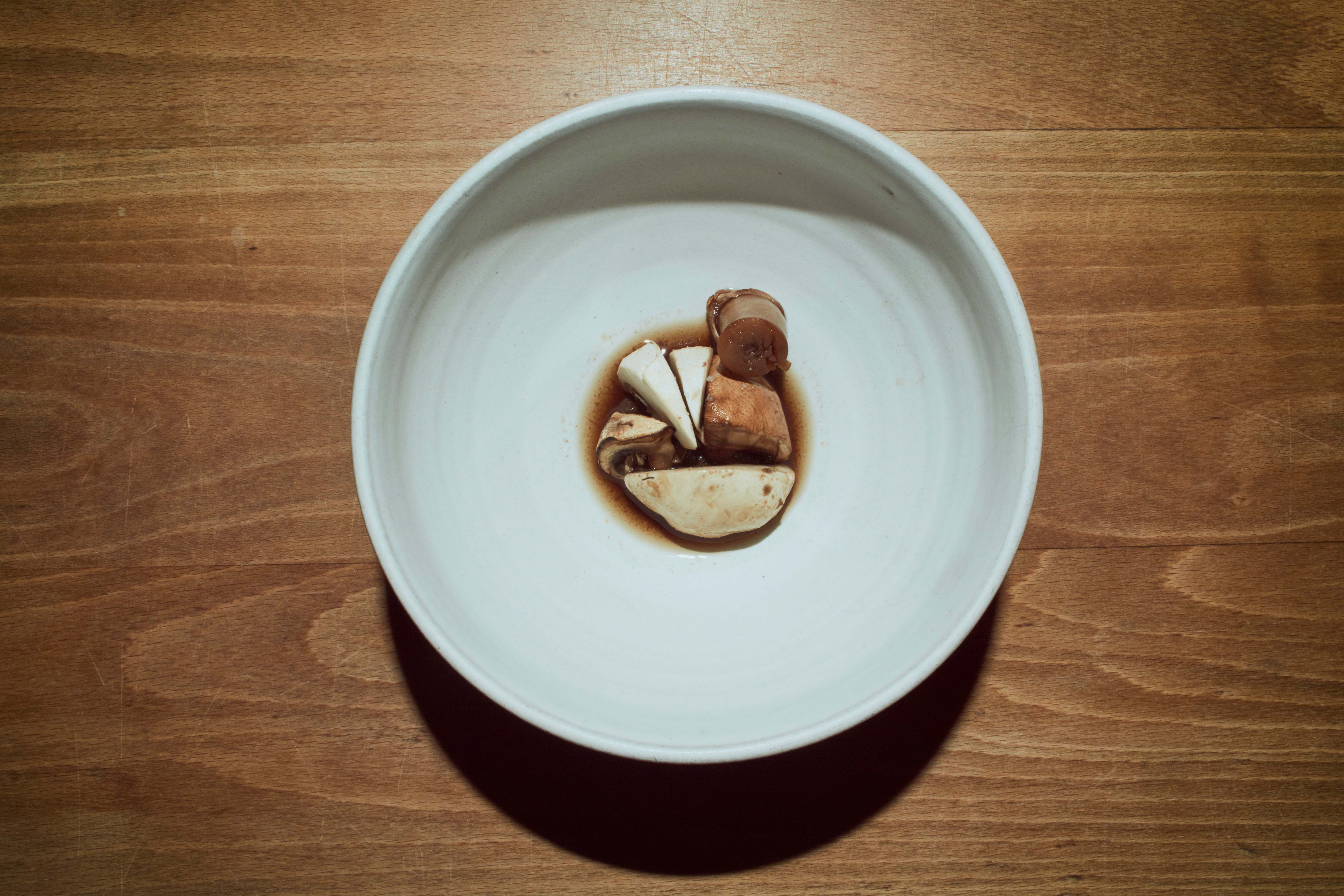
Brutalisten's 'Mushroom Carsten'
The complementary drinks list features a specially made brutalist beer made without hop and brewed with grain malt only, as well as a variety of brutalist non-alcoholic drinks made from fruits, algae, and mushrooms.
Receive our daily digest of inspiration, escapism and design stories from around the world direct to your inbox.
Ultimately, Brutalisten is a restaurant well suited to those who prefer dining out to be an experience rather than a comfort. As Höller puts it, it is a place to eat in ‘a new, senseful way,' where you can ‘have a good time in an unusual place.
INFORMATION
Mary Cleary is a writer based in London and New York. Previously beauty & grooming editor at Wallpaper*, she is now a contributing editor, alongside writing for various publications on all aspects of culture.
-
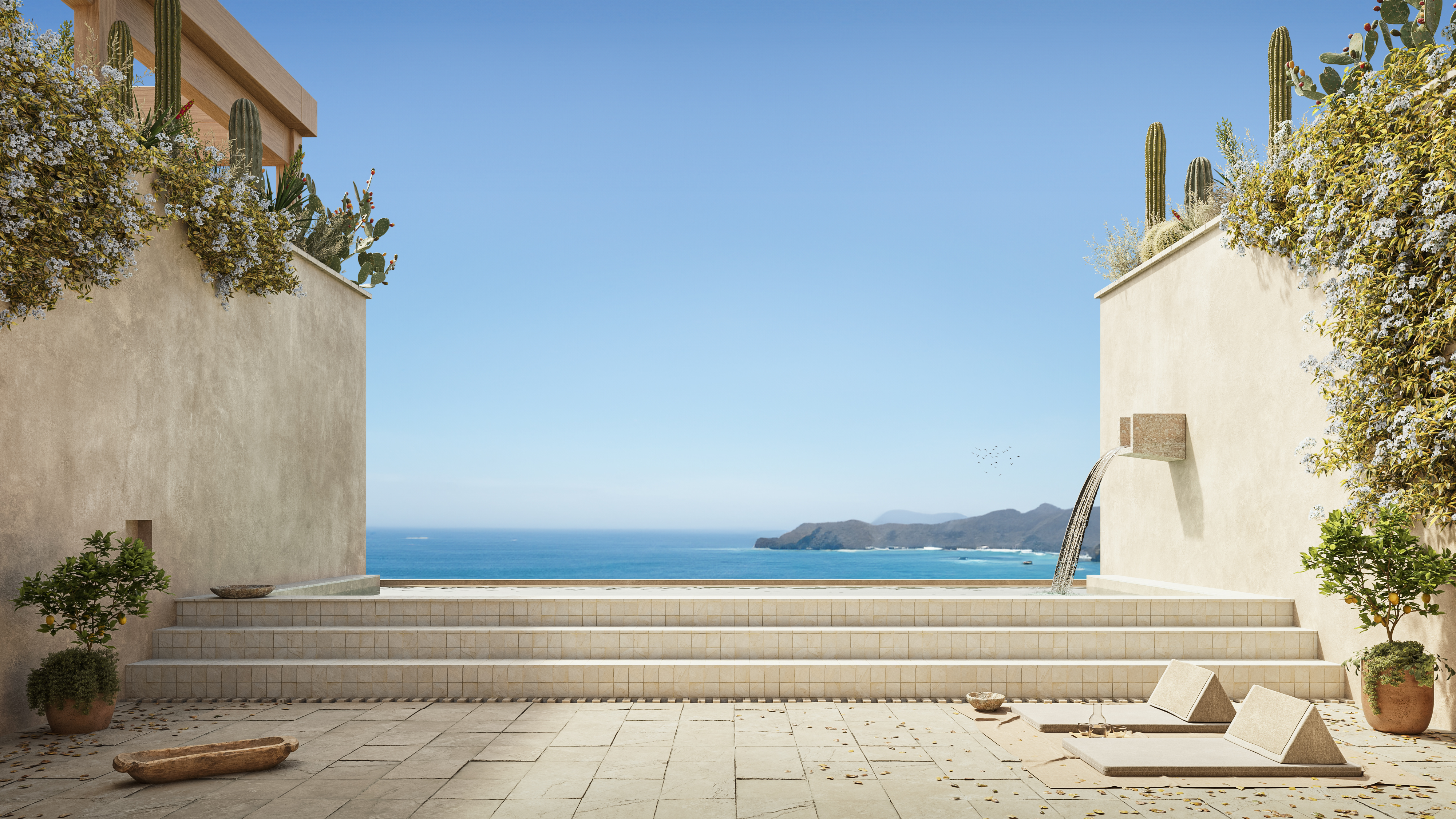 These Guadalajara architects mix modernism with traditional local materials and craft
These Guadalajara architects mix modernism with traditional local materials and craftGuadalajara architects Laura Barba and Luis Aurelio of Barbapiña Arquitectos design drawing on the past to imagine the future
-
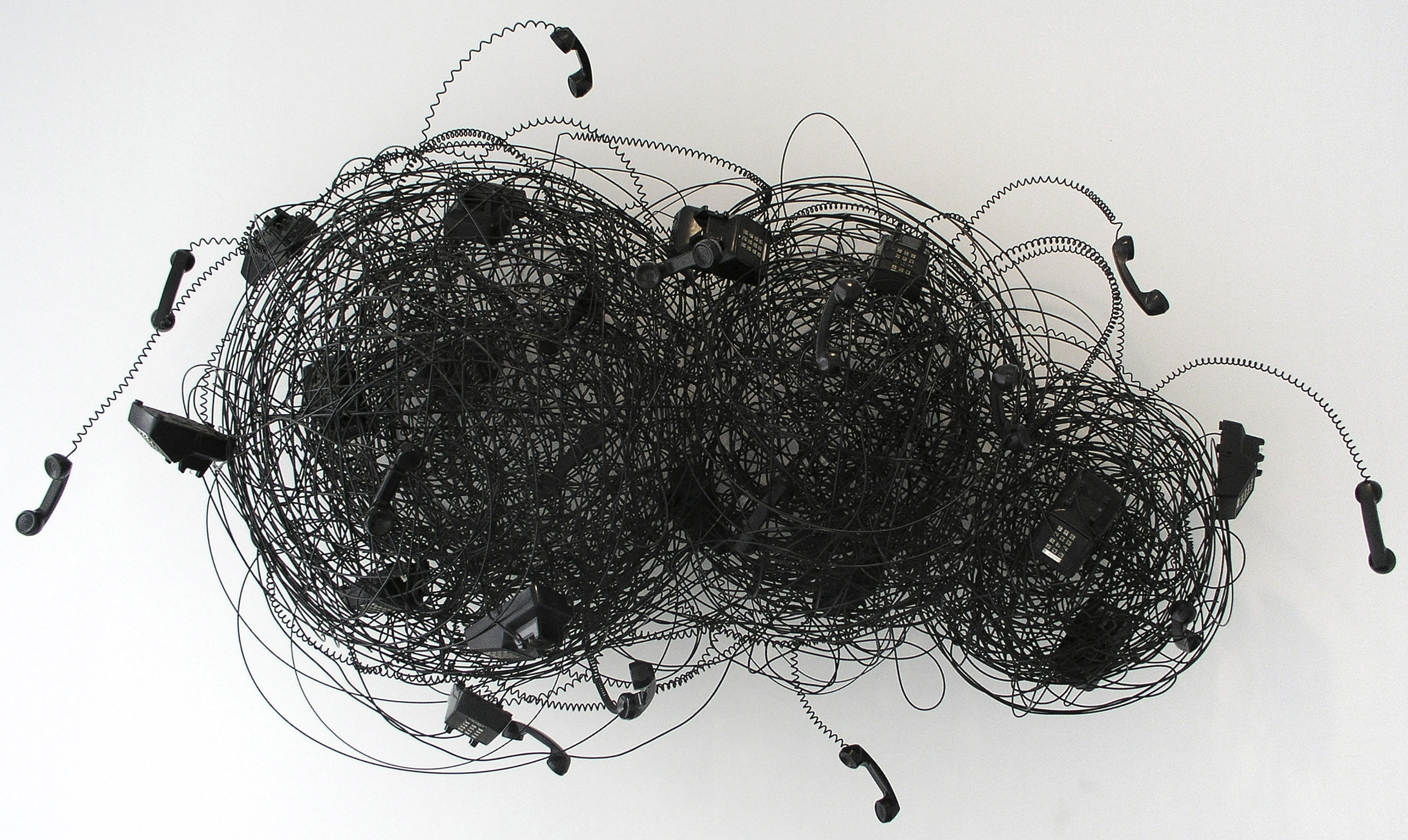 Robert Therrien's largest-ever museum show in Los Angeles is enduringly appealing
Robert Therrien's largest-ever museum show in Los Angeles is enduringly appealing'This is a Story' at The Broad unites 120 of Robert Therrien's sculptures, paintings and works on paper
-
 The Wallpaper* style team recall their personal style moments of 2025
The Wallpaper* style team recall their personal style moments of 2025In a landmark year for fashion, the Wallpaper* style editors found joy in the new – from Matthieu Blazy’s Chanel debut to a clean slate at Jil Sander
-
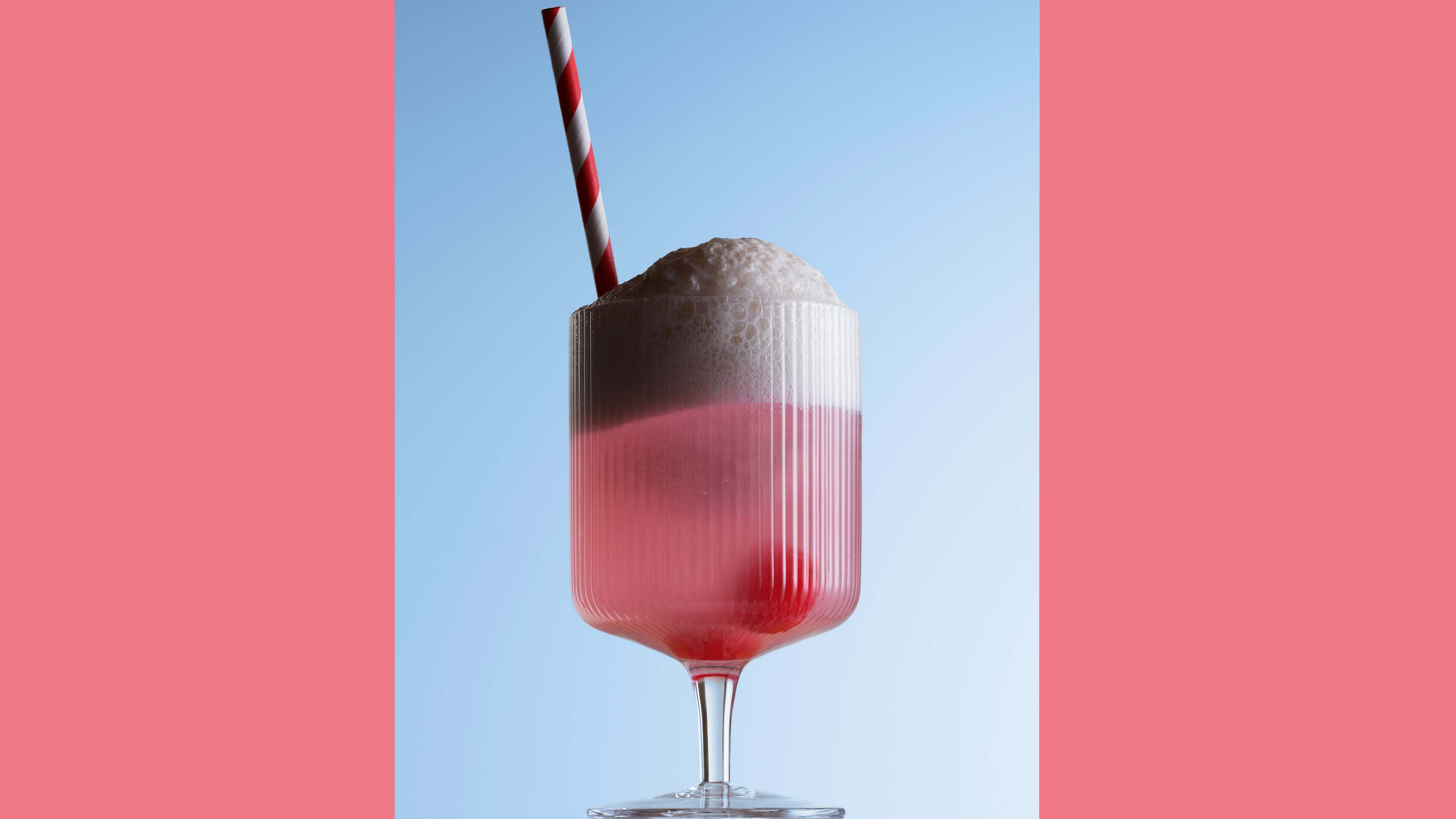 Happy Independence Day, USA! Wallpaper* launches a month-long celebration of creative America
Happy Independence Day, USA! Wallpaper* launches a month-long celebration of creative AmericaThis 4 July we toast the cream of creative USA with our very own cherry soda float. See more in August 2023 Wallpaper*, on sale 6 July, and all month on Wallpaper.com
-
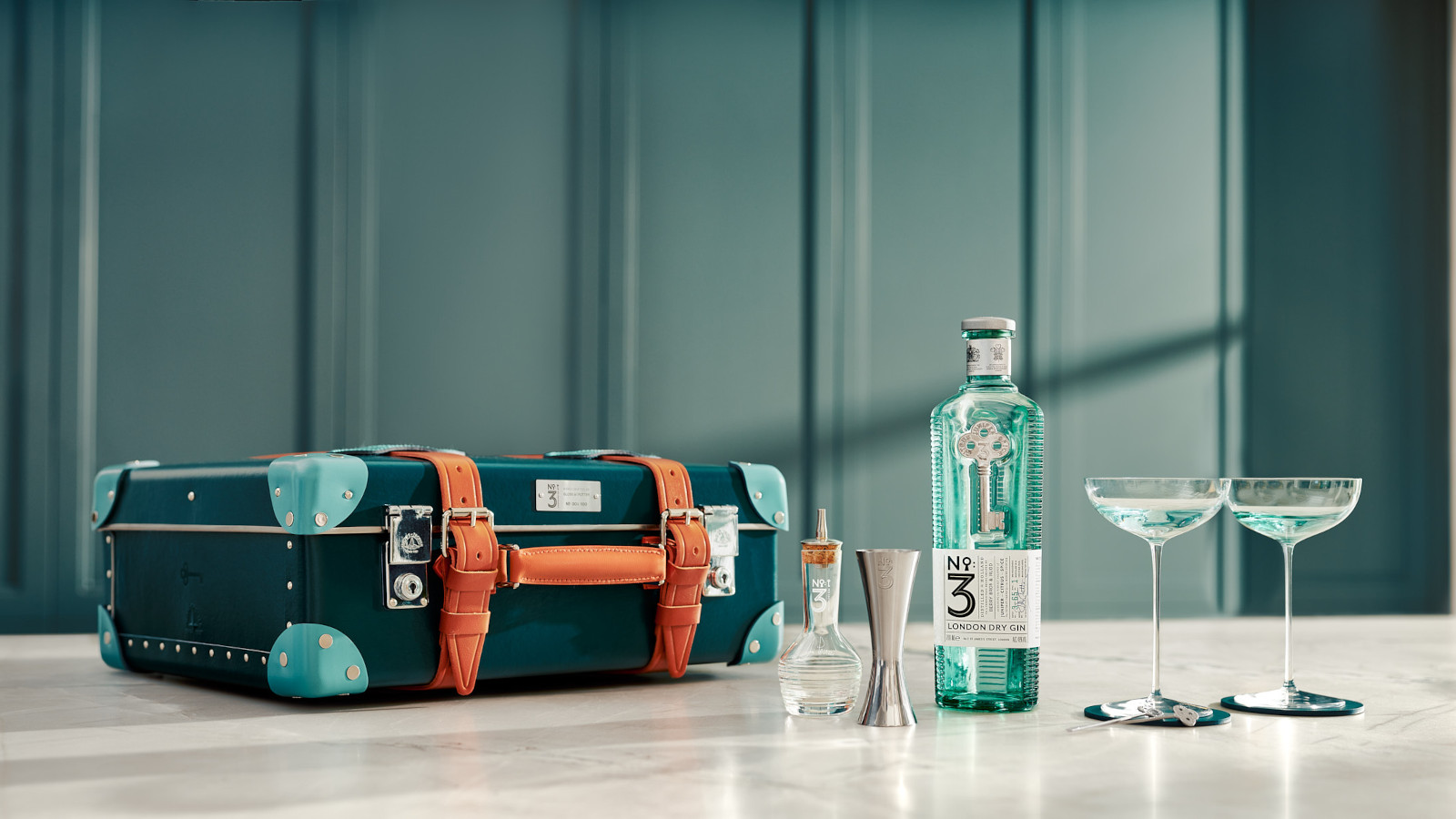 Martini Case by No.3 London Dry Gin and Globe-Trotter is a cocktail lover’s travel companion
Martini Case by No.3 London Dry Gin and Globe-Trotter is a cocktail lover’s travel companionPack this travel case by No.3 London Dry Gin and Globe-Trotter, and watch our film to unlock the secrets of the perfect gin martini, anywhere
-
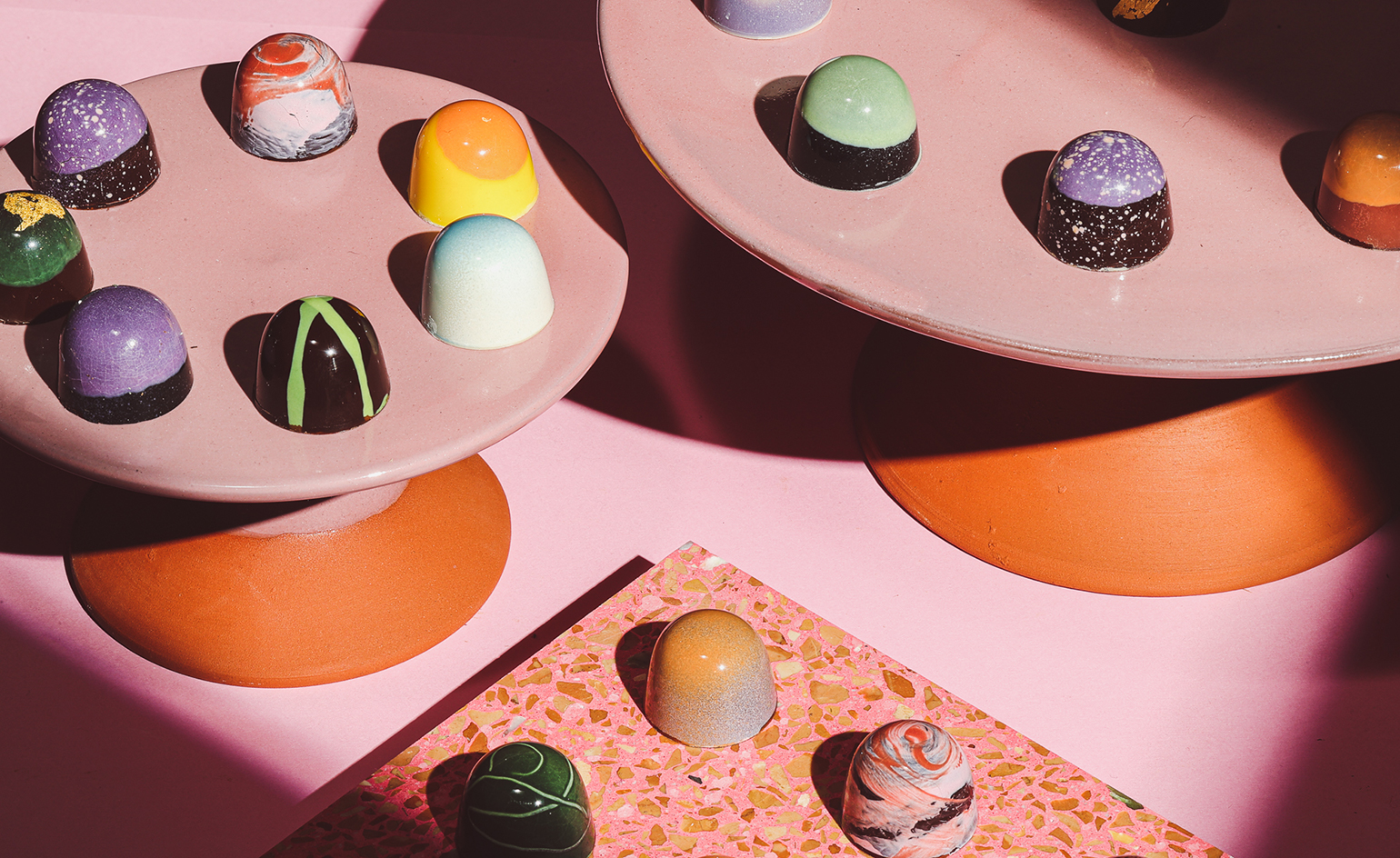 Artful chocolate gifts for every taste
Artful chocolate gifts for every tasteDig into our edit of the best chocolate gifts just in time for Easter
-
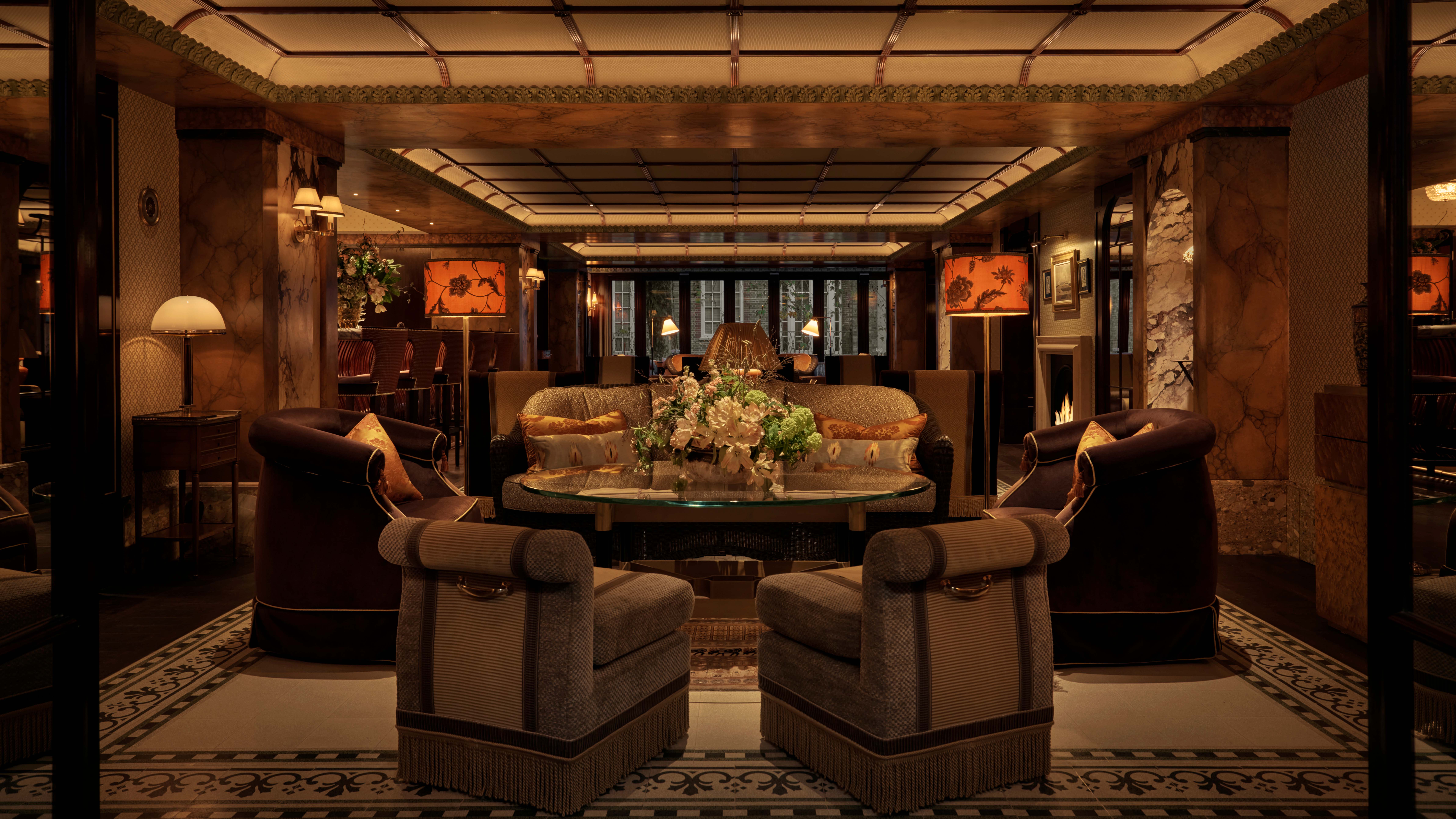 The Arts Club, London, marries Victorian eccentricity and Italian glamour thanks to revamp
The Arts Club, London, marries Victorian eccentricity and Italian glamour thanks to revampThe Arts Club, London, gets a modern revamp with a nod to styles of the past
-
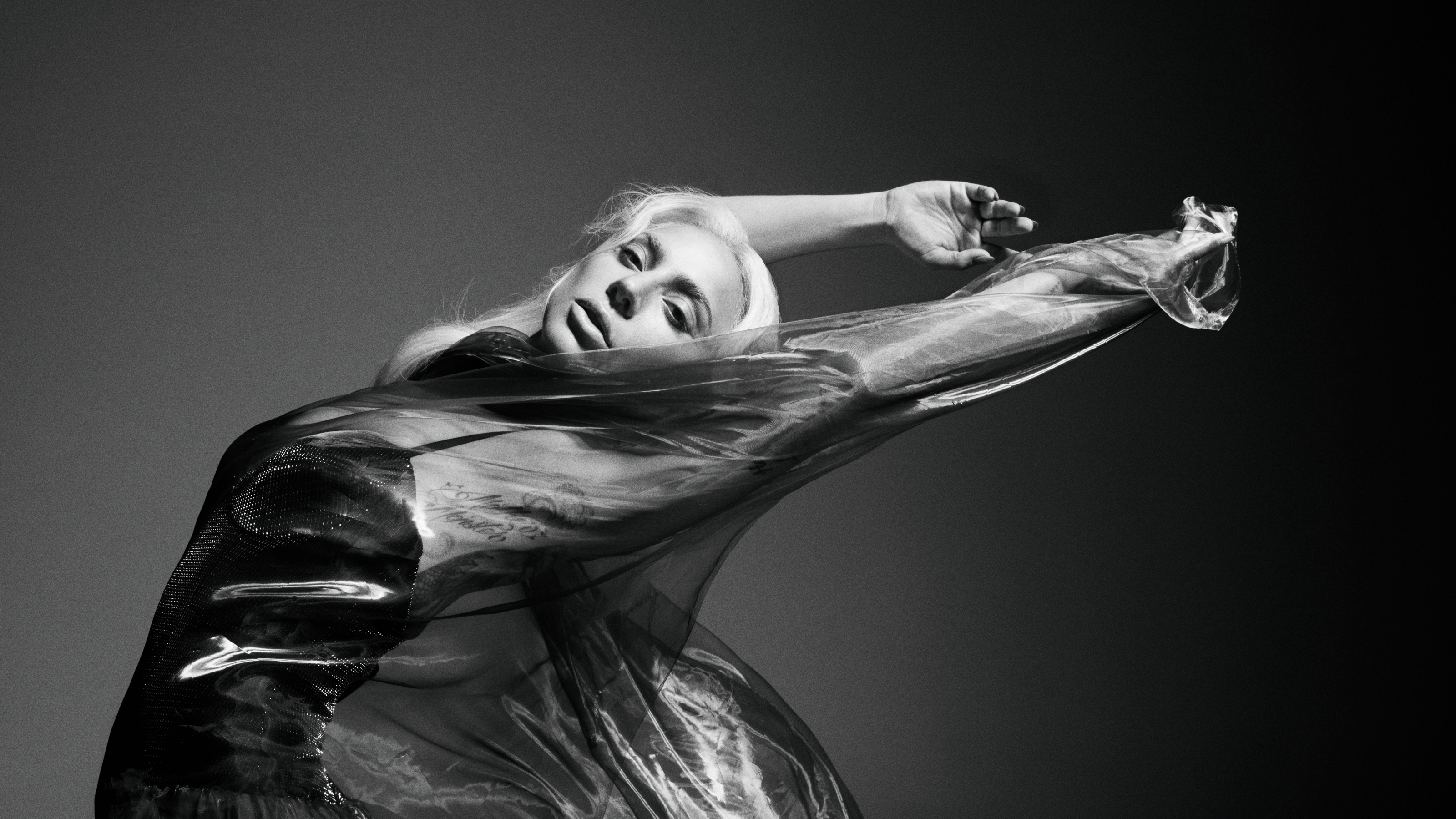 Lady Gaga on the happiness and hard work of creation, and her new campaign for Dom Pérignon
Lady Gaga on the happiness and hard work of creation, and her new campaign for Dom PérignonAs Lady Gaga and Dom Pérignon reveal their campaign for the maison’s 2013 vintage, the artist tells Wallpaper* of its inspiration, her creative process and champagne moments
-
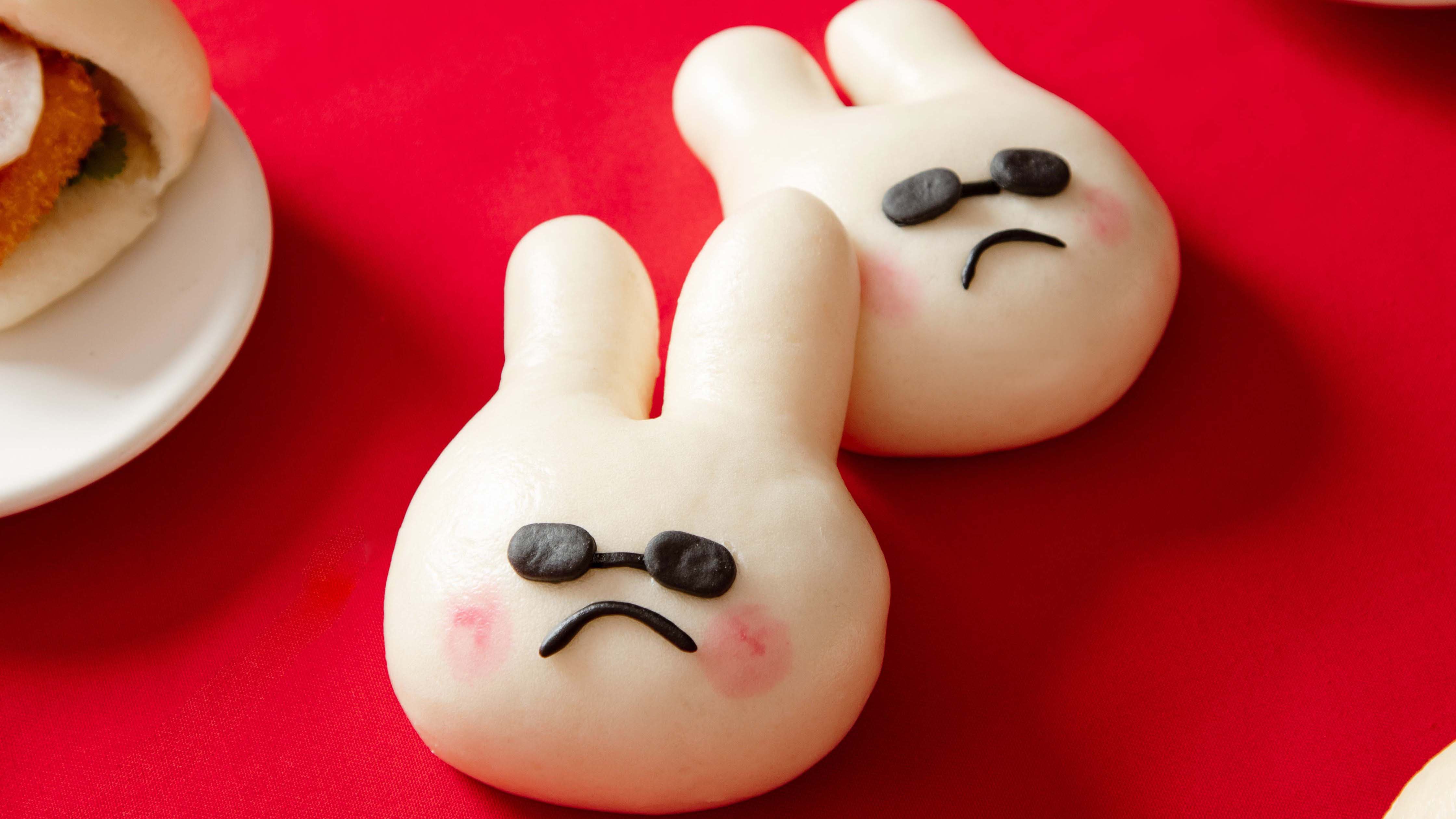 Say happy Lunar New Year with these bao bunnies and home kits for your Year of the Rabbit feast
Say happy Lunar New Year with these bao bunnies and home kits for your Year of the Rabbit feastLondon restaurant Bao is celebrating Lunar New Year with festive treats and seasonal gifts from its online store
-
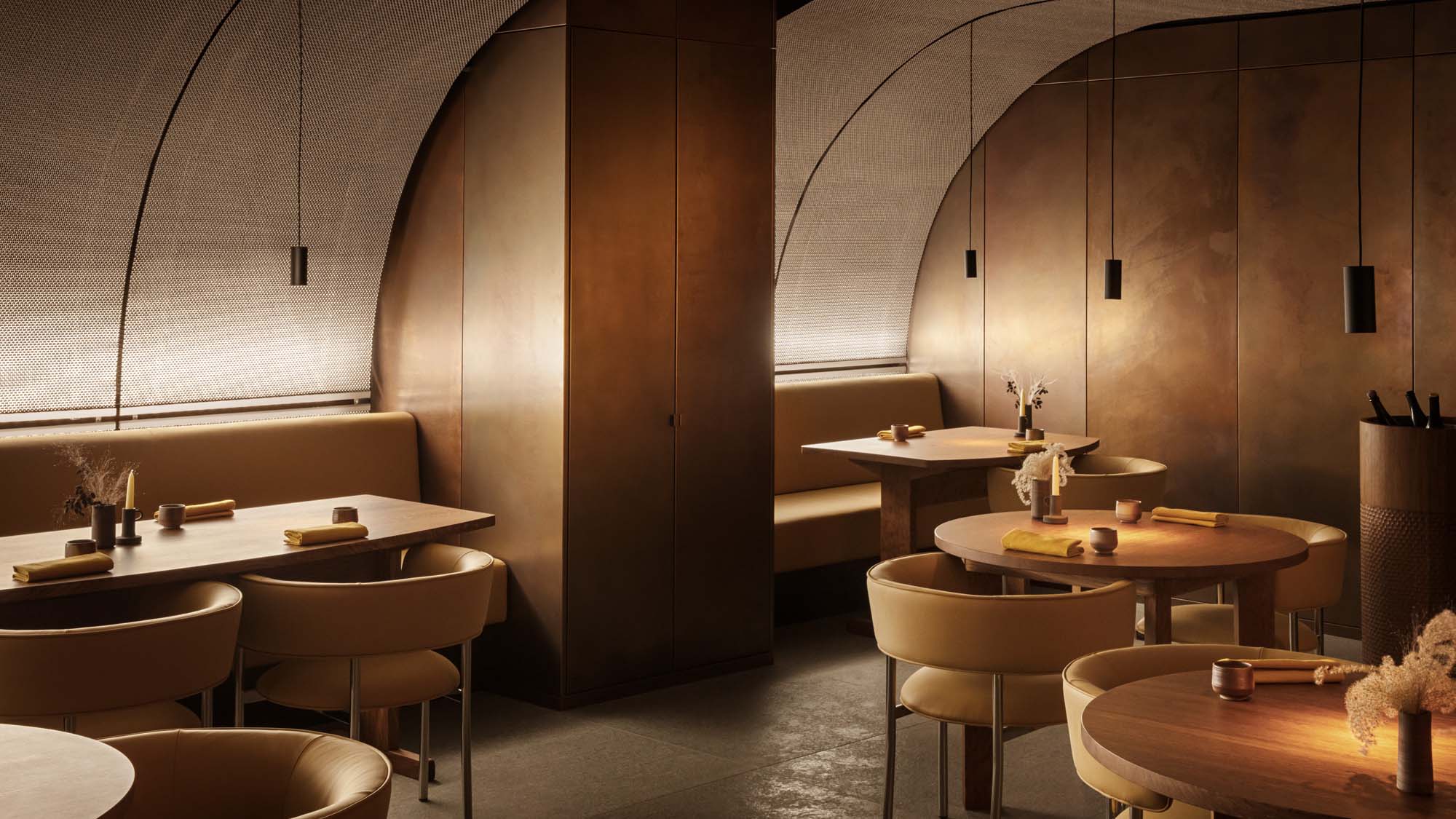 London’s Ikoyi named Best Restaurant 2023
London’s Ikoyi named Best Restaurant 2023Ikoyi scoops Wallpaper* Design Award 2023: discover the London restaurant’s interiors by Studio David Thulstrup and a menu that ‘pushes the boundaries of deliciousness’
-
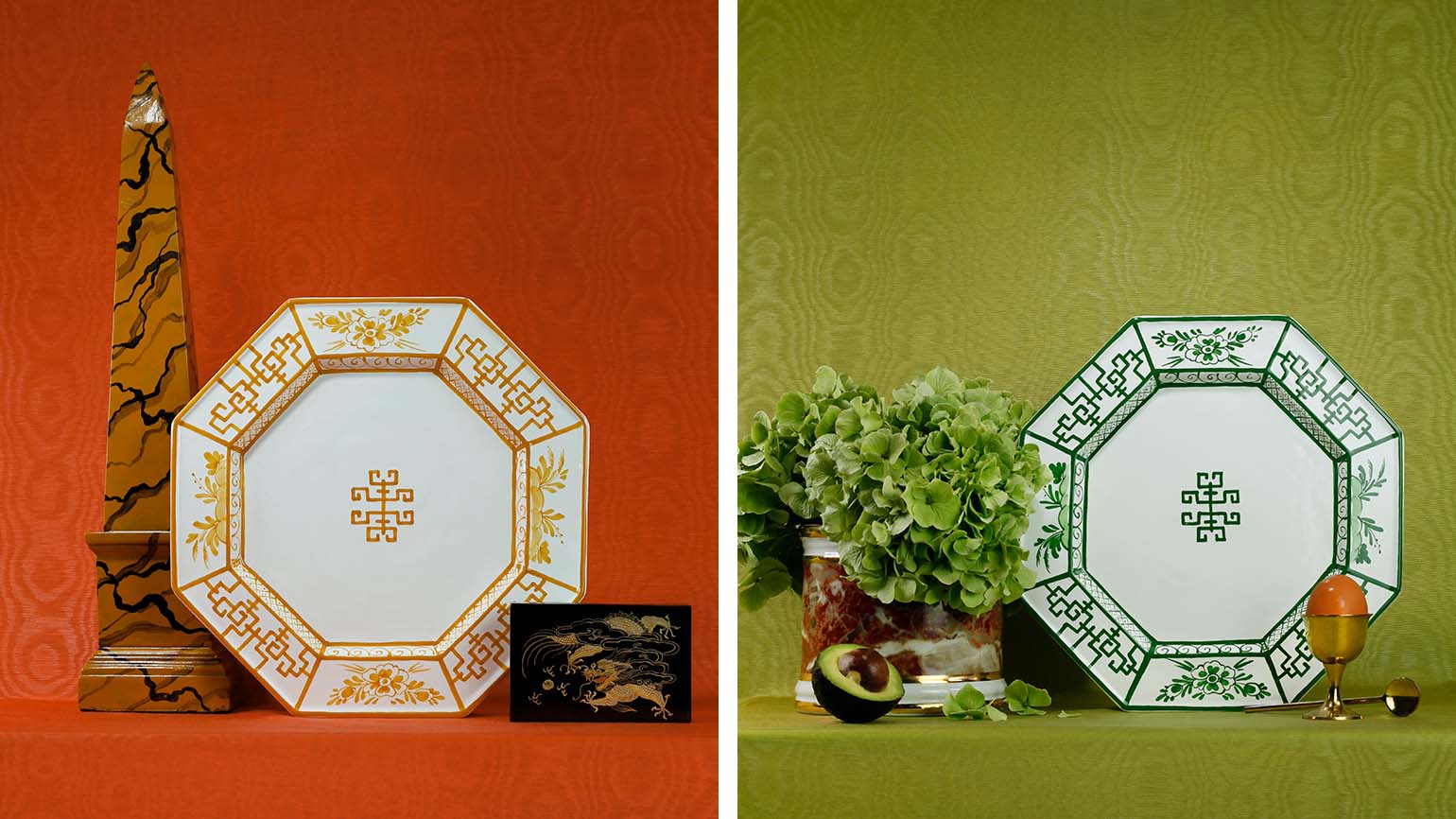 Gergei Erdei’s new homeware collection revives the opulence of 1970s Hollywood
Gergei Erdei’s new homeware collection revives the opulence of 1970s HollywoodNew homeware from London-based designer Gergei Erdei is inspired by celebrity homes of late 1970s and early 1980s Beverly Hills